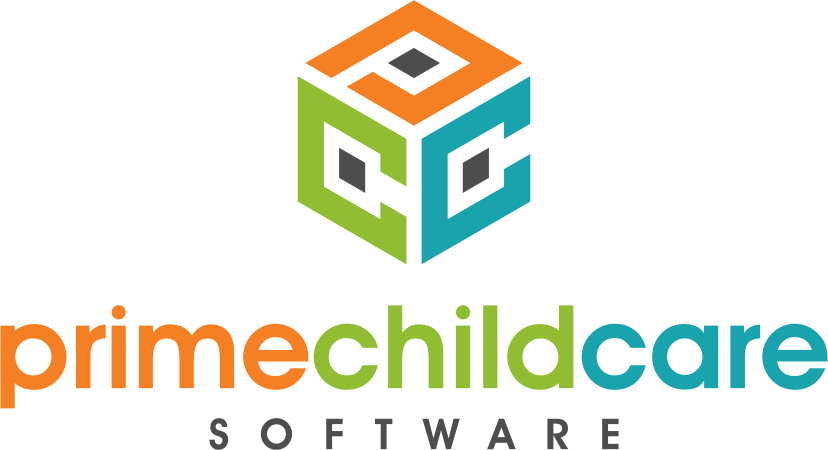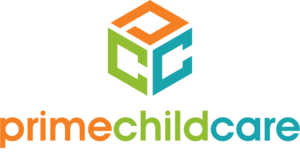Research shows that despite the facilities or number of staff that a daycare center has, the true indicator of the quality of a childcare program directly relates to the knowledge, attitudes, and skills of the adult professionals who work there. Regardless of experience and qualifications, ongoing professional and personal development is critical.
Part of every good professional development plan is being a lifelong learner and an excellent planner. Below is a complete checklist of the different aspects of infant care, needs, and changes that daycare staff should consider:
1. Baby Needs to Take Note of When Caring for Infants
With infants, some things happen automatically, while some need coaxing. Care providers cannot dictate a baby’s action. They are there to serve, regardless of the need or how hard it appears. Infants essentially need the following five things from caregivers:
- Food:Feed babies below six months old breast milk or infant formula only, or the diet dictated by their parents. It usually includes soft foods like mashed bananas. Also, do not give the following foods to infants below one-year-old: honey, cow’s milk, fruit juice, candy, unpasteurized foods, chocolate allergenic foods (like eggs, peanuts, tomatoes, strawberries).
- Burping: Be keen on the babies that require burping.
- Changing:Regularly check for soiled or soaking wet diapers.
- Sleep:Stick to the babies’ nap schedules.
- Attention:Infants love attention, and their brains soak up everything within their environment.
Look out for the following baby changes. While the sounds discussed below are generalized, most babies will make similar sounds based on their needs, according to the Dustan Baby Language theory. They are as follows:
- “Neh,” with a sucking motion, means the baby is hungry.
- “Owh,” similarly to the start of a yawn, means baby is tired.
- “Heh” shows discomfort or distress, such as from a full diaper.
- “Eairh,” with pushing or grunting sound, reveals a baby’s gut hurts. It could be because they have an upset stomach or have to pass gas or poop. If it persists, gently push up the infant’s knees up to the belly to help get the poop out.
- “Eh,” (short sound) means baby is probably trying to release a burp.
Run the following checks if a baby is crying and you have no clue why:
- Check the diaper
- Play with the infant
- Try feeding (give it a few tries)
- Burp the baby
- Do some bicycle pumps
- Hug, hold and walk around with the infant
- Try and put him or her to sleep
If nothing happens, check the temperature using a thermometer.
2. General Care Checklist
- The daycare room is bright and cheerful.
- Ensure that you maintain fresh air and healthy heating or cooling conditions.
- Keep diapering, feeding, play, and sleeping areas separate.
- Label the cribs, clothing, bedding, feeding utensils, or diapers with the respective child’s name.
- Arrange the space to enable infants to enjoy quiet play safely with enough space to roll-over and objects or toys they can explore.
- Keep bright, interesting objects at the infants’ eye level.
- Provide soft, clean surfaces for sitting and lying.
- Take infants outside for fresh air.
- Keep all floors and surfaces clean.
- Have enough clean water for washing.
3. Safe Sleep Practices Checklist
- Infants have a safe sleeping area free from falls or other hazards.
- Put all infants to sleep on their backs.
- Sleep spaces consist of a firm sleep surface like a crib or mattress.
- Sleep spaces are free of soft objects, loose bedding, crib bumpers, and toys.
- Regularly check on sleeping infants to reduce the risk of SIDS (Sudden Infant Death Syndrome).
- Infants sleep in their designated sleep spaces.
- During rest or sleep time, care providers can hear and see the infants at all times.
- Post safe sleep infant practices within the sleeping area to remind volunteers, substitutes, and even staff.
- Post sign by the infant sleep area to indicate whether or not they can roll-over.
- Take measures to reduce smoke exposure.
4. Health and Safety Checklist
- Ensure that all outdoor and indoor environments are clear of broken equipment, peeling or chipped paint, and tripping hazards.
- Lock away all cleaning supplies and other chemicals out of the reach of the infants.
- Keep toys safe, clean, and within reach of the babies.
- Take all precautionary measures to prevent second- or third-hand smoke exposure.
5. Nutrition: Eating and Drinking Checklist
- Hold infants while feeding them infant formula or breast milk from a bottle.
- Never put infants to sleep with sippy cups or bottles, and never prop bottles into their mouths.
- If babies can eat solid foods, give them healthy options like fruits, milk products (yogurt or cheese), vegetables, and wholegrain products (cereal or bread) for snacks and meals.
- Follow all meal and snack preparation, service, and storage as per the U.S. Department of Agriculture Child and Adult Care Food Program.
- Don’t serve babies juice.
- Offer babies older than six months tap water throughout the day – ideally with fluoride.
- Post individual infant’s food allergies somewhere where the care providers can see, in the classroom, care area, or wherever you serve food.
- Don’t serve foods that are choking hazards such as meat sticks, raw carrot, hard candy, whole grapes, chips, popcorn, marshmallows, nuts, seeds, or hard pretzels.
- Infants are always seated while eating.
- Wash all vegetables and fruits thoroughly using clean water before use.
6. Oral Hygiene Checklist
- Ensure that each infant has their soft-bristled, baby-sized toothbrush. Label all toothbrushes with the respective baby name.
- Replace all toothbrushes every three to four months, after an illness, or when the bristles become frayed or worn out.
- Wash your hands with water and soap before and after brushing each infant’s teeth. The child care program staff should wear new gloves for brushing each baby’s teeth.
- Use a small smear (rice-sized) of fluoride toothpaste when brushing baby teeth.
- Have a plan and an equipped first aid kit in hand to handle any oral emergencies such as:
- Toothaches,
- Broken tooth
- Broken jaw
- Cut or bitten tongue, cheek, or lip
- Continued bleeding after a baby tooth falls out
- Have an actionable plan in place for transporting an infant with an oral emergency to their dentist or the nearest source of emergency health care.
- Have the contact information for each infant’s dentist plus a signed release form from the parent. It allows the dentist to share pertinent information with a care provider.
The Bottom Line
Observation, reflection, and documentation are essential skills for high-quality infant care. Developing these skills helps to forge caring providers. It also allows them to know the infants under their care better, share daily observations with their families, appreciate the unique learning style of different infants, encourage competence and success, practice patience, collect information, make quick, informed decisions, and find ways to improve daily routines.
The software can help daycare staff better record information and daily changes. Technology provides several advantages: easy navigation, a quick update of records when other staff take over a shift and set reminders if records remain stagnant for long.
Prime Child Care Software provides comprehensive care and support with easy-to-use cloud-based tools that make prime working hours more enjoyable and productive. It also provides easy access on any device, intuitive point-and-click tools for entire teams, and features a responsive mobile childcare app.
Contact us today to learn more about our childcare software.










